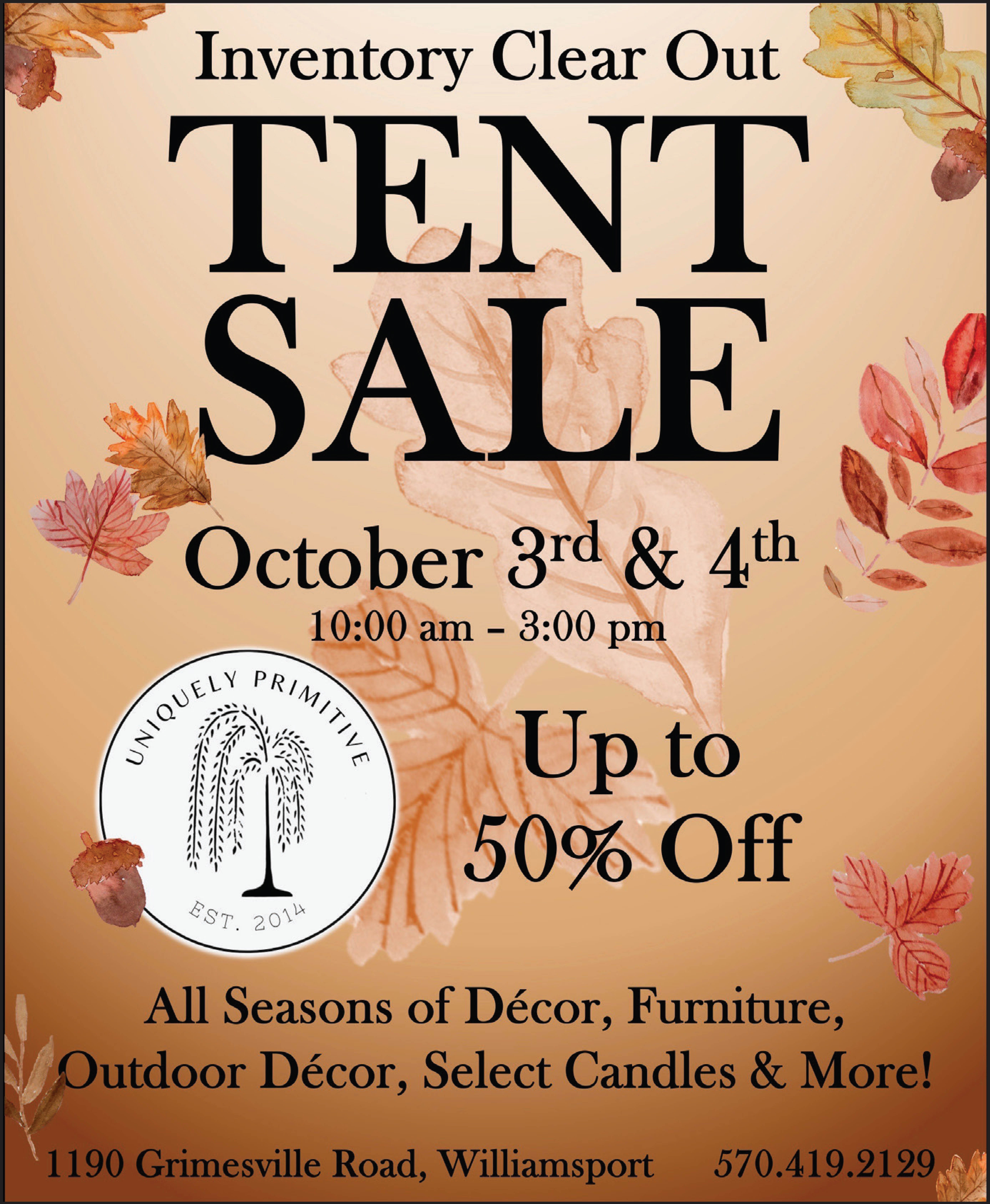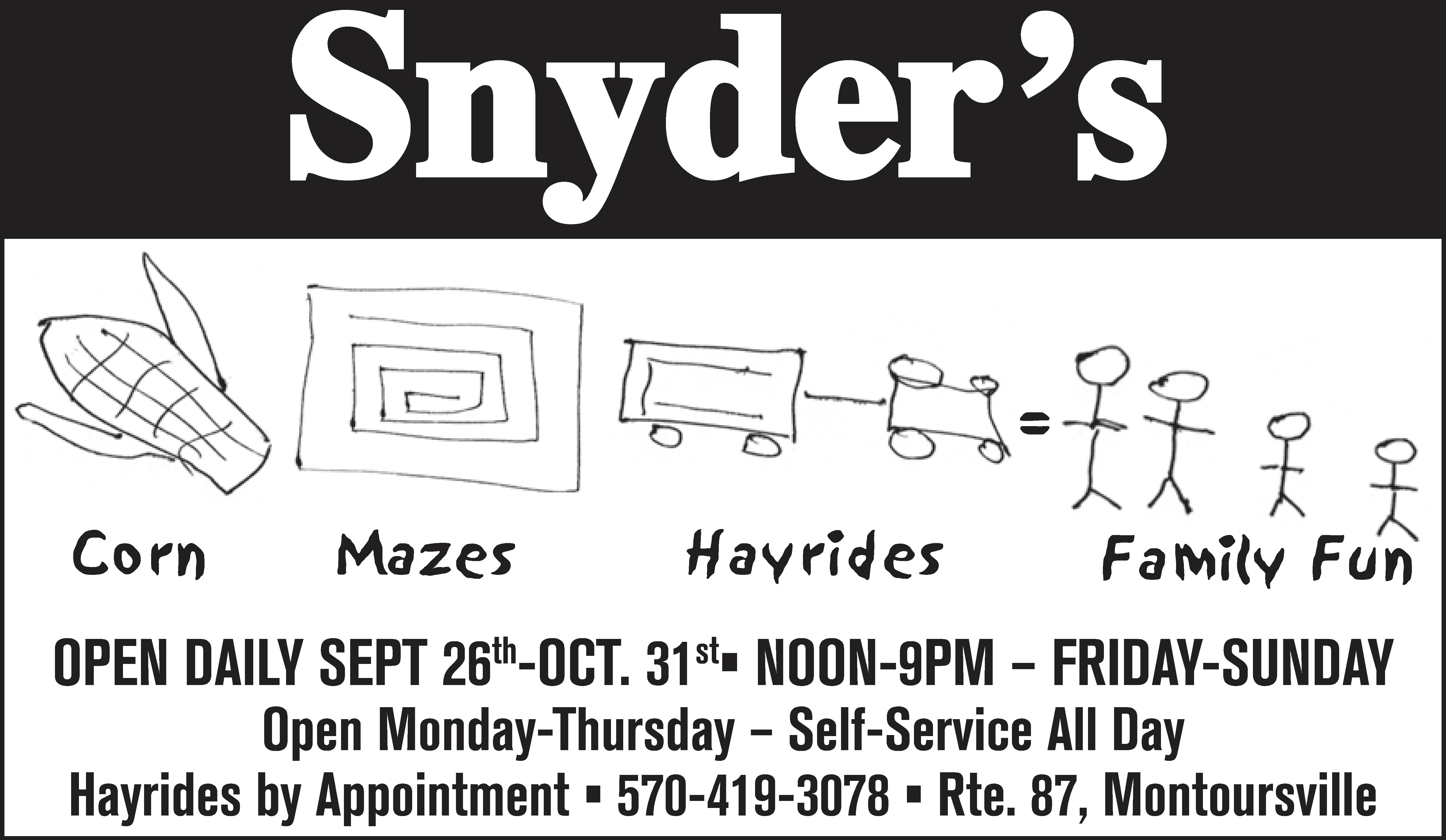As the summer days have slipped away and fall is now upon us, let’s take a look at what we can do over the next month or so to improve our habitat for the wildlife we hope to aid through the upcoming winter months. Even as the daytime temperatures are slowly dropping as fall approaches, there are still numerous things we can do to enhance our habitat for game and non-game birds and animals.
The weather throughout this year has been rather bizarre. Through most of the spring, we were deluged with continual and often heavy periods of rain. This led to fallow fields and some crops growing faster, thicker, and taller than usual. Then, as if someone flipped a switch, summer snapped into play — there just didn’t seem to be the usual transition over several weeks. Finally, it now appears that a few weeks ago, the spigot was shut, and there has been no rain for weeks, and none is forecast for the near future. It has all been a rather unusual weather pattern this year, which leads us to having to alter a bit what we would normally do for habitat work this fall.
The planting zone map on the back of most seed mixes that you can plant for deer and turkeys indicates September 15 was the last day to plant most of these various mixes in our zone. Combine that with the fact that there has been a serious lack of rain, with none in the foreseeable future, and any thought of planting food plots is not advisable.
We can, however, use this time to get ahead of work to be done for planting in the spring. If you have clover plots that you want to reestablish next spring, now is a good time to use a spray such as Roundup to kill off all vegetation. Then, in the spring — two weeks before you plant — spray again. This will result in the maximum killing of all vegetation for the spring planting.
Early fall is an excellent time to plant trees and shrubs that you want to add to your habitat improvement areas, like field edges or at the edges of established food plots. Native white dogwood seedlings will eventually produce seeds that turkeys will eat in the fall and winter, providing a colorful addition to any area as they blossom in the springtime. It is often said that the best time to hunt spring gobblers is when the dogwoods are blossoming! Chestnut trees are a good choice to add to encourage deer to frequent your food plots. The benefit of chestnut trees is that they flower or blossom in June, thus avoiding any chance of frost that might terminate any possibility of that year’s production of nuts, and they historically produce nuts every year. Additionally, they are a preferred food source for deer, bears, and turkeys.
In the case of fruit-bearing trees, such as standard apple and pear trees, you need to consider whether black bears will be a problem. If so, the best protective alternative is to build a heavy cage around the fruit trees, as bears will often pull over and snap off a young fruit tree to get to the few apples or pears they are producing in their early years of production.
Finally, while you are in the woods this coming fall, cutting your winter supply of firewood, consider making a few brush piles to benefit the local rabbit and songbird population. Place 4 or 5 logs – 6-8 feet in length – on the ground, parallel to each other with about 12 inches of space between them. On top of these logs, place heavy branches crosswise, and then pile on the brush on top of these branches. Songbirds will use the brush as a nesting site, and rabbits can run in between the logs to escape aerial predators.
The habitat work you complete over the next few months will greatly benefit wildlife throughout the fall and winter months. It is a wonderful feeling to watch turkeys, deer, and other wildlife using the habitat sites you create and know that they are benefiting from your hard work. And, it is rather rewarding when you can take a mature doe or a nice buck that is using the food plots that you have created!



